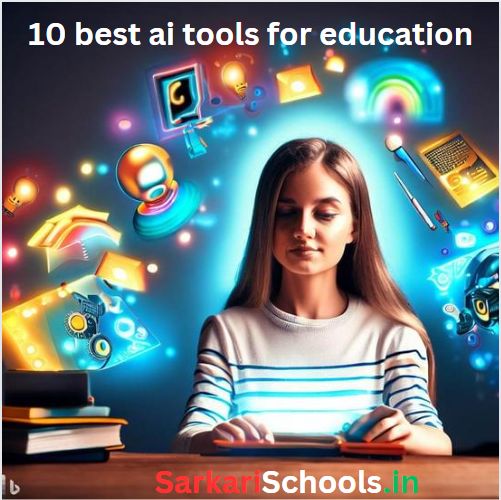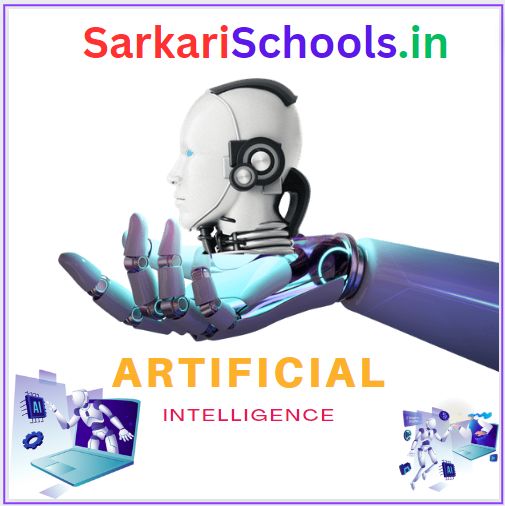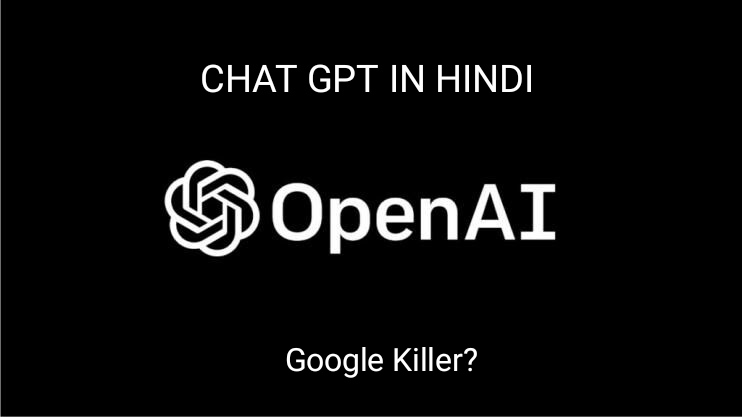There are numerous AI tools (10 best ai tools for education) that can enhance the educational experience for both students and educators. Here are ten popular AI tools for education:
Discover the top 10 Best AI tools for education! From Grammarly’s writing assistance to Duolingo’s language learning, explore the pros and cons, and learn how to use each tool effectively. Enhance your teaching and learning experience with these AI-powered resources. Check them out now!

10 best ai tools for education
Grammarly
Grammarly is an AI-powered writing assistant that helps students improve their writing skills by providing grammar and spelling suggestions.
- Link: Grammarly
- Pros: Provides grammar and spelling suggestions, improves writing skills, integrates with various platforms.
- Cons: Advanced features are available with a premium subscription.
- How to use: Install the Grammarly extension or use the web interface to check your writing for errors and receive suggestions.
Duolingo
Duolingo is a language-learning platform that employs AI algorithms to personalize language instruction and create interactive lessons.
- Link: Duolingo
- Pros: Gamified language learning, personalized instruction, supports multiple languages.
- Cons: Limited conversational practice, may not suit advanced learners.
- How to use: Sign up, choose the desired language, and complete lessons and exercises on the web or mobile app.
Kahoot!
Kahoot! is a game-based learning platform that utilizes AI to create engaging quizzes, surveys, and discussions for students.
- Link: Kahoot!
- Pros: Engaging quizzes and surveys, promotes active learning and participation.
- Cons: Limited content customization, requires active internet connection.
- How to use: Create or choose a Kahoot! quiz, share the game PIN with students, and have them join to participate.
Nearpod
Nearpod is an interactive learning platform that employs AI to create immersive virtual lessons, quizzes, and activities for students.
- Link: Nearpod
- Pros: Interactive lessons, virtual reality experiences, real-time feedback.
- Cons: Advanced features available with premium plans.
- How to use: Create interactive lessons with multimedia content, share the lesson code or link with students, and engage them in real-time activities.
Quizlet
Quizlet is a study platform that employs AI to generate flashcards, quizzes, and study materials to assist students in mastering various subjects.
- Link: Quizlet
- Pros: Flashcards, quizzes, and study materials for various subjects, supports multiple learning modes.
- Cons: Some advanced features require a paid subscription.
- How to use: Create or search for study sets, practice with flashcards and quizzes, and track progress through the web or mobile app.
Thinkster Math
Thinkster Math is an AI-driven math learning platform that provides personalized tutoring and real-time feedback to students.
- Link: Thinkster Math
- Pros: Personalized math tutoring, real-time feedback, progress tracking.
- Cons: Requires a subscription, focuses primarily on math.
- How to use: Sign up, complete a diagnostic assessment, receive personalized math assignments, and work through them with guidance and feedback.
Knewton
Knewton is an adaptive learning platform that employs AI to deliver personalized learning paths and recommendations based on students’ individual needs.
- Link: Knewton
- Pros: Adaptive learning, personalized recommendations, supports multiple subjects.
- Cons: Pricing information not readily available.
- How to use: Knewton offers its adaptive learning technology to educational publishers and institutions, which integrate it into their own platforms or resources.
Cognii
Cognii is an AI tool that utilizes natural language processing to provide intelligent tutoring and assessment capabilities, particularly in the field of writing.
- Link: Cognii
- Pros: Intelligent tutoring, assessment capabilities, particularly for writing.
- Cons: Limited information available on the website.
- How to use: Cognii provides its AI-powered tutoring and assessment technology to educational institutions and partners with their existing platforms or systems.
Brainly
Brainly is a social learning platform that leverages AI to connect students worldwide and allows them to ask and answer academic questions collaboratively.
- Link: Brainly
- Pros: Collaborative learning platform, global community, peer-to-peer assistance.
- Cons: Answers may not always be verified, occasional user-generated content quality issues.
- How to use: Ask academic questions, provide answers to others’ queries, and engage in knowledge-sharing within the Brainly community.
OpenAI’s ChatGPT
- Link: N/A (ChatGPT is an OpenAI language model, not a standalone tool)
- Pros: Instant responses, explanations, and assistance across various subjects.
- Cons: Responses may not always be accurate or contextually appropriate.
- How to use: Interact with ChatGPT by typing your questions or prompts in a chat-like format to receive responses and engage in conversation.
OpenAI’s ChatGPT, like the one you are currently interacting with, is an AI-powered tool that can provide instant responses to questions, offer explanations, and assist students in various academic inquiries.(10 best ai tools for education)
It’s worth noting that the availability and features of these AI tools may vary, and it’s important to assess their suitability for specific educational needs before incorporating them into teaching or learning environments.10 best ai tools for education
10 best ai tools for education 10 best ai tools for education 10 best ai tools for education




